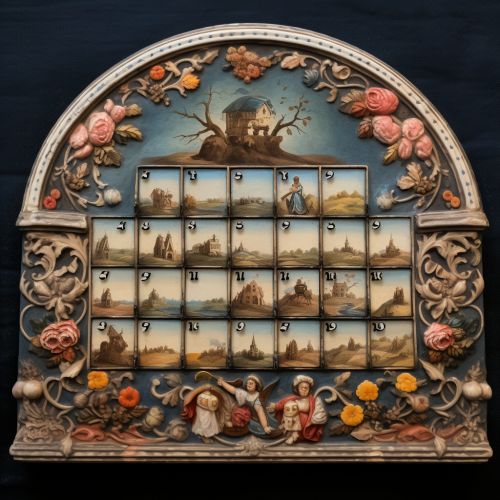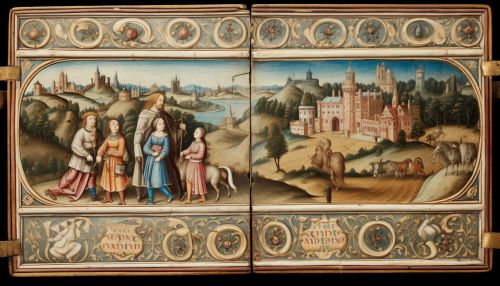Julian calendar
Introduction
The Julian calendar, named after its instigator, Julius Caesar, is a solar calendar that was introduced in Rome in 46 BC. It was the predominant calendar in most of Europe, and in European settlements in the Americas and elsewhere, until it was refined and gradually replaced by the Gregorian calendar, promulgated in 1582 by Pope Gregory XIII.


History
The Julian calendar was a reform of the Roman calendar. It was instituted by Julius Caesar in 46 BC, and became the principal calendar of the Roman world, most of Europe, and in European settlements in the Americas and elsewhere, until it was replaced by the Gregorian calendar in October 1582. The Julian calendar has a regular year of 365.25 days divided into 12 months, as detailed in a Roman law known as the Lex Caesarea.
Structure
The Julian calendar consists of years of 365 days and a leap year every fourth year. The leap year has 366 days, with the intercalary day inserted as the 24th day of February, effectively making it the last day of February. The months of the Julian calendar, from January to December, are: January, February, March, April, May, June, July, August, September, October, November, and December. Each month has a fixed number of days: 31, 28 (29 in a leap year), 31, 30, 31, 30, 31, 31, 30, 31, 30, and 31, respectively.
Leap Year Error
The Julian calendar's formula to calculate leap years produced a leap year every four years. This is an overcorrection, since the actual time between two vernal equinoxes is approximately 365.2422 days. The error accumulates significantly over centuries, causing the calendar to drift with respect to the solar year. By the time of the establishment of the Gregorian calendar in 1582, this drift had reached approximately 10 days.
Reformation and Transition to the Gregorian Calendar
The Julian calendar was in use throughout the Western world when, in 1582, Pope Gregory XIII promulgated the Gregorian calendar. The Gregorian calendar modified the Julian calendar's formula for determining which years were leap years, in order to bring the date of the vernal equinox closer to March 21, the date it occurred at the time of the First Council of Nicaea in 325. The reform was adopted initially by the Catholic countries of Europe. Protestants and Eastern Orthodox countries continued to use the Julian calendar until they too eventually adopted the Gregorian calendar (with the Orthodox church in Russia only adopting it in the 20th century).
Julian Date
The term Julian date may also refer, outside of astronomy, to the day-of-year number (more properly, the ordinal date) in the Gregorian calendar, especially in computer programming, the military and the food industry, or it may refer to dates in the Julian calendar.
